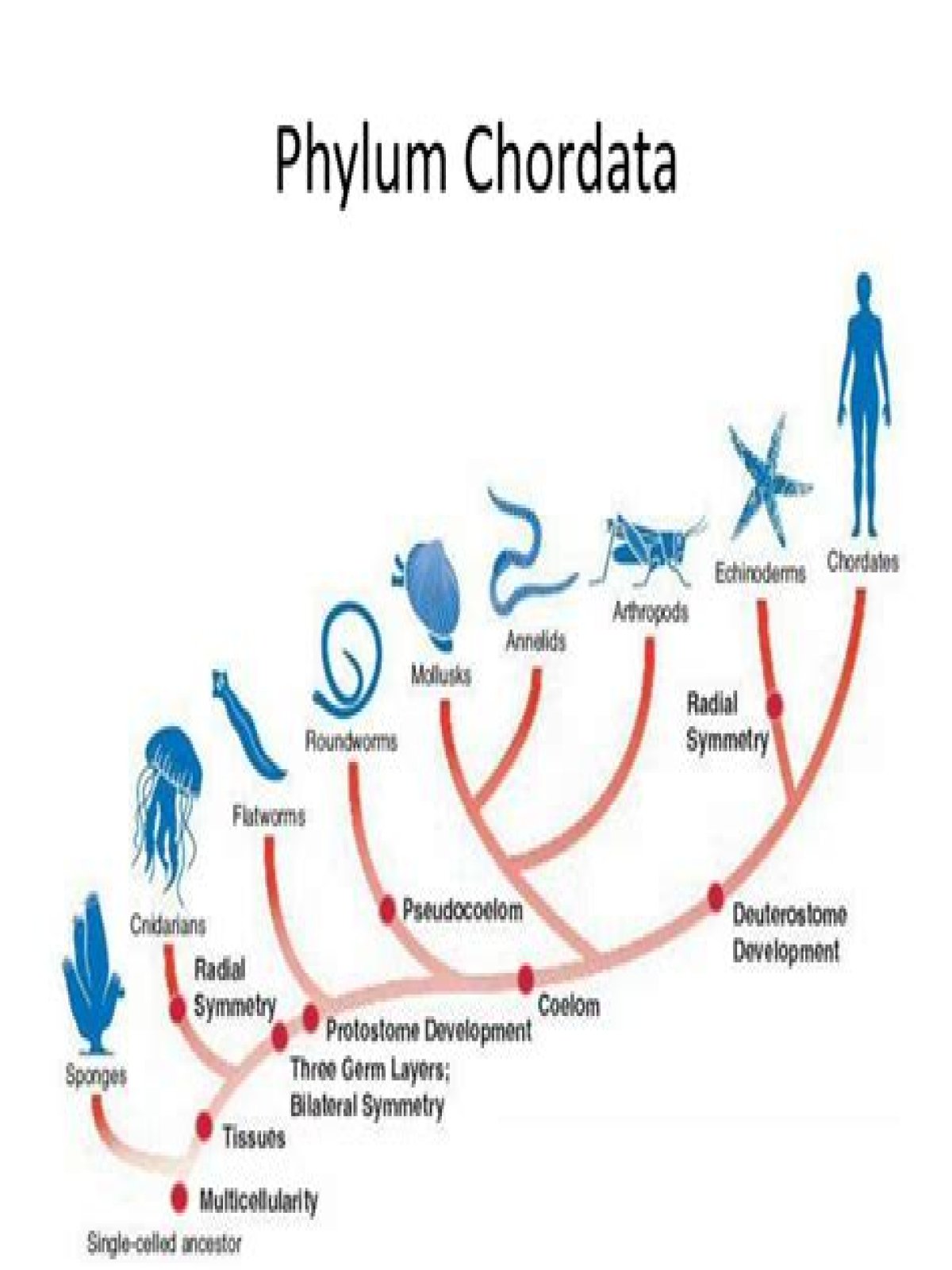fish phylum
Fishes are typically divided into three groups: superclass Agnatha (jawless fishes), class Chondrichthyes (cartilaginous fishes), and superclass Osteichthyes (bony fishes). The latter two groups are included within the infraphylum Gnathostomata, a category containing all jawed vertebrates.
Is fish a phylum Chordata?
As members of the phylum Chordata, fish share certain features with other vertebrates. These features are gill slits at some point in the life cycle, a notochord, or skeletal supporting rod, a dorsal hollow nerve cord, and a tail.
What are the 5 classifications of fish?
Classification of Fish. There are about 28,000 existing species of fish, and they are placed in five different classes. The classes are commonly referred to as hagfish, lampreys, cartilaginous fish, ray-finned fish, and lobe-finned fish (see the table in the previous lesson).
Why do fish have 2 coloration?
The colouration of a fish is produced by three colour pigments which are largely contained within cells called Chromatophores. The 3 pigments are Erythrin (Red), Melanin (Black), and Xanthin (Yellow) each of which occurs in different chromatophores.
What are the 7 classes of fish?
Taxonomy Class Agnatha (jawless fish) Subclass Cyclostomata (hagfish and lampreys) Class Chondrichthyes (cartilaginous fish) Subclass Elasmobranchii (sharks and rays) Class Placodermi (armoured fish) †Class Acanthodii (“spiny sharks”, sometimes classified under bony fishes)†Class Osteichthyes (bony fish)
Is fish a phylum or class?
For example, fish belong to the kingdom Animalia, the phylum Chordata, and from there are grouped more specifically into several classes, orders, families, and thousands of genus and species.
What are the 4 classes of fish?
Fish form the largest group of vertebrates. There are Four Classes of fish that we lump together though they are only distantly related to each other. The four groups of fishes are: Jawless Fishes (2 classes), Cartilaginous Fishes, and Bony Fishes. Jawless fish have round mouths.
What are the 3 classes of fish?
The following is an introduction to three basic fish groups: bony fishes, cartilaginous fish, and lampreys.
What are the four parts regions of fish?
Fish have a variety of different body plans. At the broadest level, their body is divided into head, trunk, and tail, although the divisions are not always externally visible. The body is often fusiform, a streamlined body plan often found in fast-moving fish.
What is the role of coloration in fish?
The colour of fishes is used for concealment, communication, camouflage, sexual recognition and advertisement, warning or threat. Colouration also has taxonomic value. Different colour pattern in fish is often considered as character for distinction among species and subspecies.
What is the source of coloration in fish?
The colouration of a fish is produced by three colour pigments which are largely contained within cells called Chromatophores. The 3 pigments are Erythrin (Red), Melanin (Black), and Xanthin (Yellow) each of which occurs in different chromatophores.
How does Countershading help fish?
Open-ocean fishes such as blue sharks, mako sharks, oceanic whitetips and many tunas utilize a color pattern known as countershading to help them blend in with the surrounding water, an adaptation that helps them avoid potential predators and capture prey.
What are the 7 main characteristics of fish?
CHARACTERS Fishes are aquatic; cold blooded vertebrates.Their body is divisible into head, trunk and tail. It has a spindle shaped body. The body is covered by scales. Respiration is by gills. On the head a pair of nostrils are present internal nostril are absent. On the head a pair of eyes is present.
Who created the phylum Chordata?
Although the name Chordata is attributed to William Bateson (1885), it was already in prevalent use by 1880. Ernst Haeckel described a taxon comprising tunicates, cephalochordates, and vertebrates in 1866.
What are fish called?
Fish are a type of animal known as vertebrates – this means that they have a backbone. ‘Fish’ is a unique grouping of animals – just like mammals, birds and reptiles.
